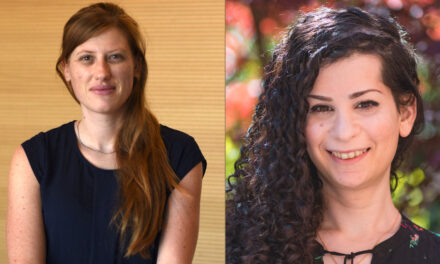by Lisa Young
How many PhDs does Canada need? Can their education be improved? With investment in place, these are core questions that need to shape science policy.
In its 2018 budget, the government of Canada reinvested significantly in science, increasing funding for research to be distributed by the three granting councils, known as the tri-council: the Social Sciences and Humanities Research Council (SSHRC), the Natural Sciences and Engineering Research Council (NSERC) and the Canadian Institutes of Health Research (CIHR). Addressing the key recommendations of the April 2017 Naylor Report, the budget was greeted with enthusiasm in the research and university sectors.
But while the reinvestments did much to address the state of Canadian science, they did little to secure its future. One line in the budget document promised that “over the next year, the Government will be doing further work to determine how to better support students, the next generation of researchers, through scholarships and fellowships” (89).
Research training has been largely lost in the conversation about science policy in Canada. The Naylor Report called for a reconsideration of both the number and the value of scholarships offered to graduate students by the tri-council, but it was largely silent on the question of the role of trainees in Canadian science, and the merits of the ways in which they are educated at Canadian universities.
Three interrelated aspects of research training require attention: how many PhDs does Canada need, how should their training be funded, and what changes are needed to the traditional educational model.
Read the rest of the article in Policy Options.









